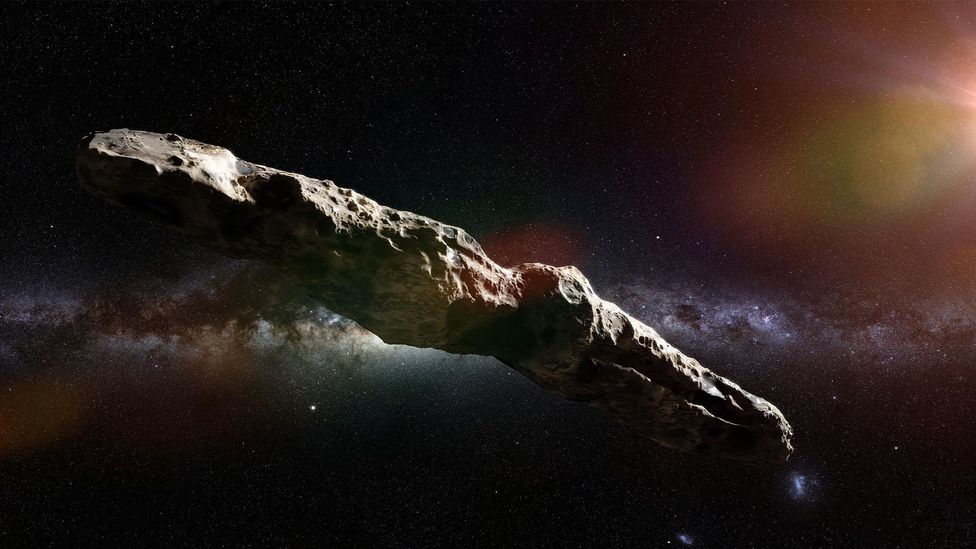Avi Loeb of Harvard University has long hypothesized that there is a possibility that ‘Oumuamua, a strange object that visited our solar system in 2017, was an alien spacecraft that stopped by for a visit.
In a 2021 paper, Loeb argued that ‘Oumuamua could have been a probe sent by an extraterrestrial civilization, an explanation that has proven divisive among his peers.

Most recently, an international team of researchers attempted to dismantle a core aspect of Loeb’s argument: that ‘Oumuamua was a solar sail, an advanced form of propulsion that would allow a spacecraft to use the low pressure of solar radiation to move through space.
According to their study, which has been accepted for publication in the journal Astronomy and Astrophysics, the team concluded that “‘Oumuamua is unlikely to be a light sail. The dynamics of an intruding light sail, if it exists, has distinct observational signatures, which can be quantitatively identified and analyzed with our methods in future surveys.”
Loeb, however, isn’t having it. He’s sticking to his guns.
“There are a few points that the authors have overlooked,” he told The Daily Beast this week.
The international team, which was led by Shangfei Liu, an astronomer at Sun Yat-sen University in Zhuhai, China, argued that if ‘Oumuamua was a light sail, it would’ve featured a large, flat surface that would have reflected more light than what we saw emanating from the mysterious object in our limited observations.

“If it was a light sail, the brightness variation should be much larger,” Shangfei told Beast.
Loeb, however, argues that the sail itself “need not be flat.” According to his own research, it could’ve been a light sail of a different shape, reflecting light in unexpected ways.
The astronomer went as far as to suggest to Beast that ‘Oumuamua “may not be a sail at all, but just a surface layer torn apart from a bigger object” — in other words, a piece of alien spacecraft detritus that just happened to hurtle through our star system.
Of course, extraordinary claims call for extraordinary measures. Maybe the object was nothing more than a comet venting gas as it screamed through space.
Unfortunately, it’s exceedingly rare to encounter an interstellar object like ‘Oumuamua.
But given the opportunity, and “with help of a huge amount of highly accurate observation data in the future,” as Shangfei and his colleagues argue in their paper, perhaps we could finally put the mystery to rest.
Source: amazingastronomy.thespaceacademy.org








